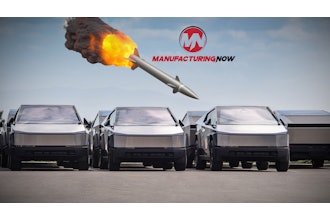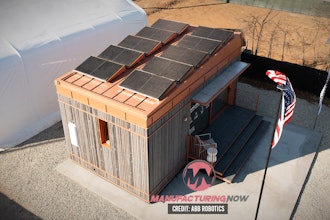At one point, the Franco-British Concorde provided commercial supersonic air travel. But factors including noise, expense and a fatal crash ultimately led to the aircraft’s retirement in 2003.
READ MORE: Sonic Boom Heard Over Washington is a Rare Sound with a Rich History
The historic plane could move faster than Mach 2 and once traveled from New York City to London in under three hours. Its capabilities still intrigue the aerospace industry today, and NASA and Lockheed Martin are looking to make supersonic flight over land possible once again.
Building on the X-1, the first plane to fly faster than the speed of sound back in 1947, NASA and Lockheed Martin have been constructing the X-59 Quiet SuperSonic Technology (Quesst) aircraft since 2018.
Earlier this month, the agency released photos of the X-59 near a runway at Lockheed Martin Skunk Works in Palmdale, California, indicating the aircraft has moved from its construction site and is nearing its first flight.
The X-59 is the focal point of NASA’s Quesst mission. It is designed to fly at Mach 1.4, or 925 miles per hour, at 55,000 feet and reduce the sonic boom to what NASA describes as a “quiet sonic thump.” Lockheed Martin likened the intended sound to a car door closing.
NASA intends to fly the X-59 over several communities in 2024, during which the agency will collect data on human responses to the supersonic flight’s sound. NASA then plans to send its data to U.S. and international regulators.
Under FAA regulations, flying a civil aircraft at supersonic speeds over land is prohibited. But if approved, the X-59 could eventually lead to commercial supersonic flights over land and reduce flights from New York City to Los Angeles, which take over five hours, to about 2 hours and 30 minutes.






















